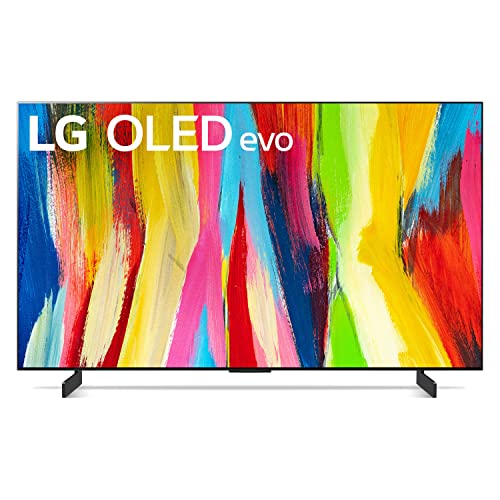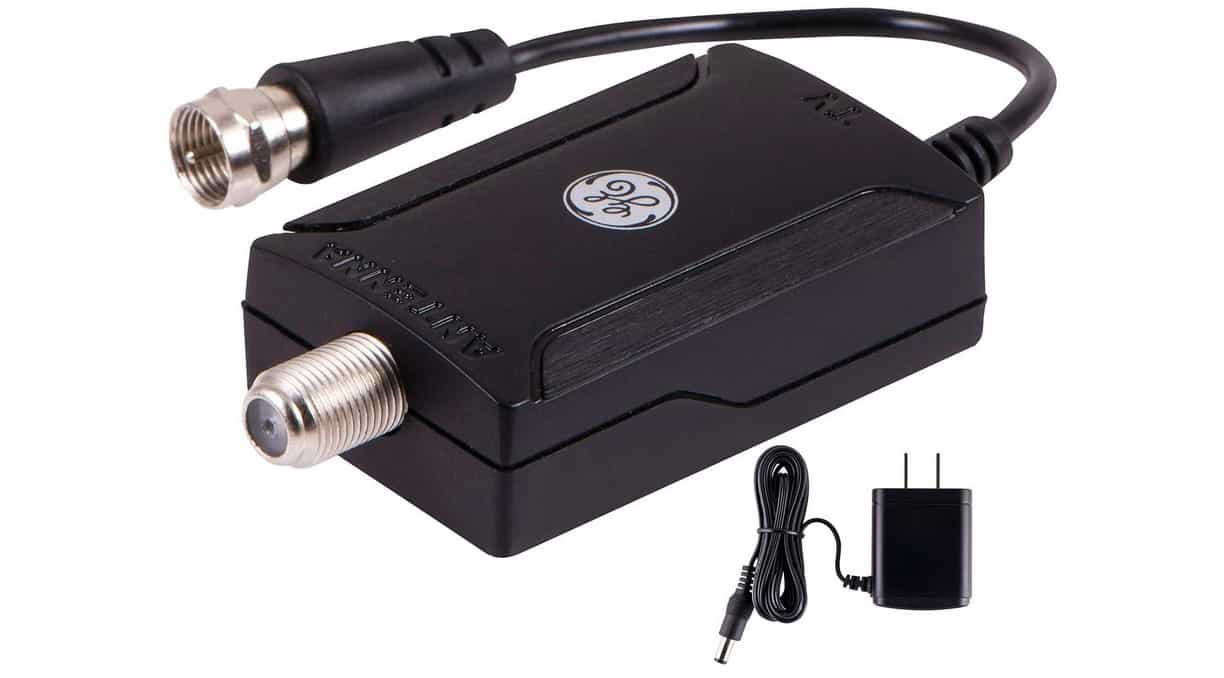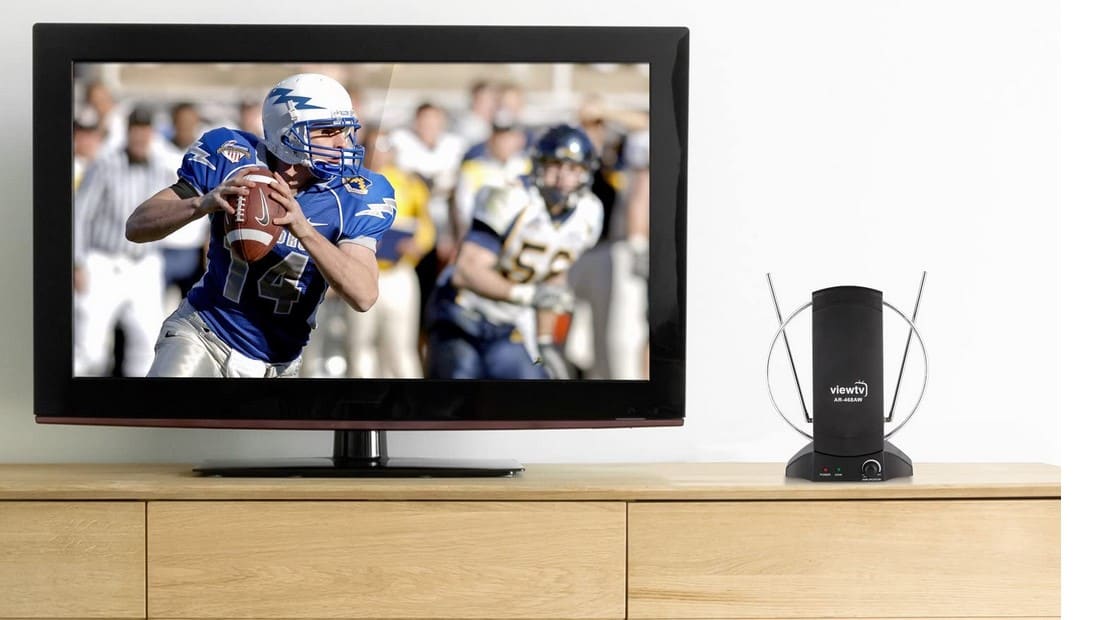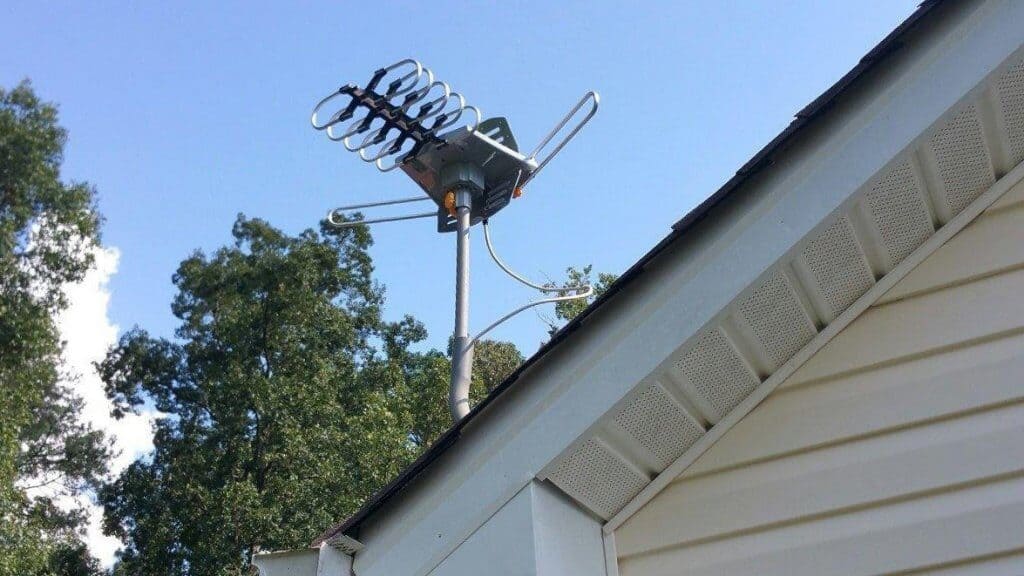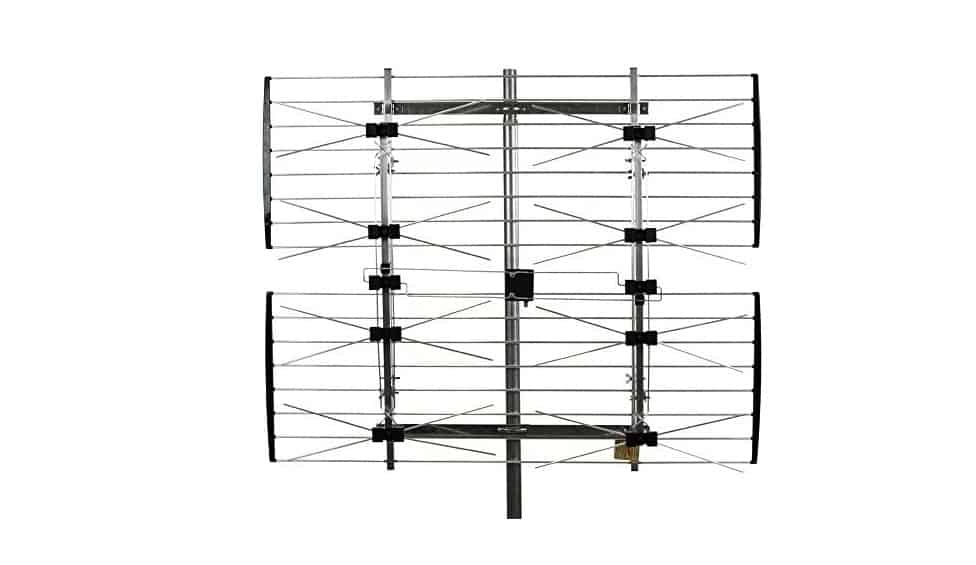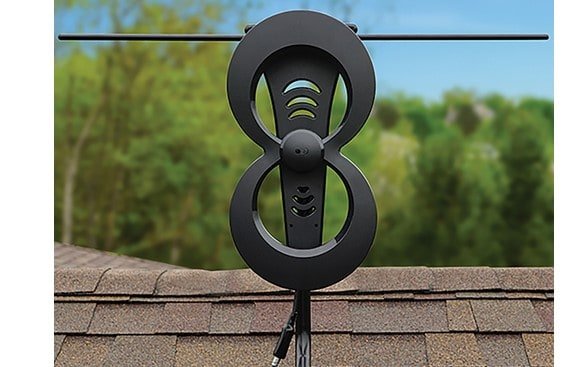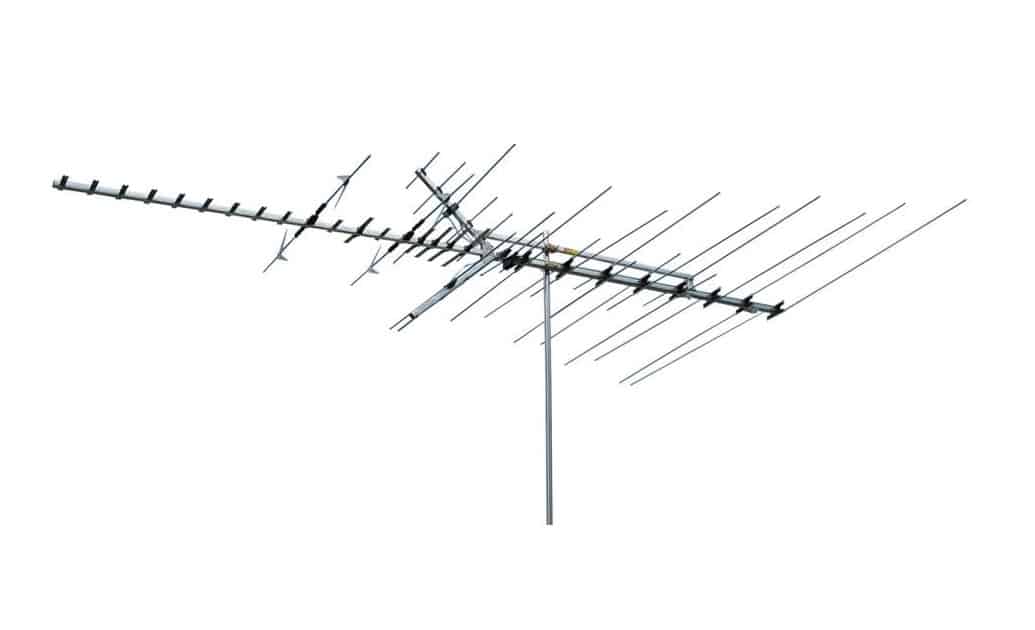Getting a black and white TV screen is a little bit odd, especially in 2021, unless, of course, you are watching an old western. But still, it’s not uncommon for TV users to complain of getting a sudden black and white screen while watching their favorite show.
KEY TAKEAWAYS:
- As unnatural as it may seem, a black and white TV screen is quite common and usually caused by cabling issues.
- Color problems can result from simple issues such as incorrect color settings to severe issues like screen damage.
- Turning off your power for 5 minutes before turning it on will help solve a black and white screen.
So, what could a black and white screen mean? As strange as it may seem, this phenomenon is quite common and usually caused by cabling issues. You might be quick to get a new highly-rated TV but it may not be a serious issue as you think. This happens when a component cable is connected into a composite connection.
It is essential to note that users can’t completely rule out a hardware issue without troubleshooting.
Fortunately, we have outlined a step-by-step troubleshooting guide that’ll help you understand why your TV is black and white.
Why is my TV Black and White?
Color problems can result from simple issues such as incorrect color settings to severe problems like screen damage. The following are a few causes of black and white TV screens.
Color settings
Many TV owners have reported that their black and white screen issues resulted from poor picture settings. An easy fix to this issue is to calibrate the color through the TV settings menu. Then, navigate through the settings and try to adjust them to fill in color.
Check your Input
Sometimes, a black and white screen can be caused by your input device. Try to switch out your devices to find out if the problem is with your TV or device. For example, if you use a set-top box, switch channels; sometimes, the black and white screen on your TV could be a technical hitch with a broadcaster.
Adjust the Cables
Incorrectly placed cables may affect your display’s color, leading to a black and white TV screen. Unplug and plug back your input cable tightly, ensuring that they are fitted correctly and firmly. Also, check for physical signs of damage on the wires. If you suspect any of the cables are damaged, swap them out for new ones and test for change on display. This may also be the reason why your TV is fuzzy.
Power Fluctuations
Sometimes, a power fluctuation might lead to screen resolution issues. Turning off your power for 5 minutes before turning it on will help solve the problem. When your TV’s power gets interrupted, it will affect the quality of the picture displayed, sometimes leading to a black and white or blurry image. In serious cases, your TV may keep going off and make you wonder, ‘why does my tv turn off by itself?’.
Software Updates
If you own a Smart TV, you are likely to get resolution glitches when running outdated software or firmware. First, check that your Smart TV is running the latest software/firmware. If not, install it. Switch off your Smart TV, then switch it on again.
If you have tried all the above fixes without success, your TV could have hardware damage that’ll require professional repair. Find out if a warranty covers your TV. If not, contact a local professional repair service for a solution.
Insider Tip
It is essential to note that users can’t completely rule out a hardware issue without troubleshooting.
F.A.Q.
What causes black and white color problems on a TV?
As strange as it may seem, this phenomenon is quite common and usually caused by cabling issues. Most times, this happens when a component cable is connected into a composite connection.
How does faulty cabling affect TV screen resolution?
Incorrectly placed cables may affect your display’s color, leading to a black and white TV screen.
Can outdated software updates lead to color issues on a TV?
If you own a Smart TV, you are likely to get resolution glitches when running outdated software or firmware. Check that your Smart TV is running the latest software/firmware.
How can display color settings lead to a black and white TV screen?
Many TV owners have reported that their black and white screen issues resulted from poorly configured picture settings. An easy fix is to check the owners’ manual for configuration settings to calibrate the display settings back to full color.
STAT: The global cable TV market is just under 50%. U.S has about 1,775 TV stations, and about 5,200 cable systems with 660 operators, reaching nearly 90% of the total population (source)
REFERENCES:
- https://www.lg.com/us/support/help-library/lg-tv-black-white-picture-CT10000018-1387317918039
- https://www.samsung.com/pk/support/tv-audio-video/the-image-shown-on-my-tv-is-black-and-white-how-can-i-make-it-have-a-colored-output/
- https://www.usa.philips.com/c-f/XC000007571/why-am-i-getting-a-black-and-white-picture#:~:text=Normally%20a%20black%20and%20white,the%20back%20of%20the%20TV.r
- https://www.youtube.com/watch?v=TqfcsG3x0bU
- https://techjury.net/blog/cable-tv-subscribers-statistics/#gref















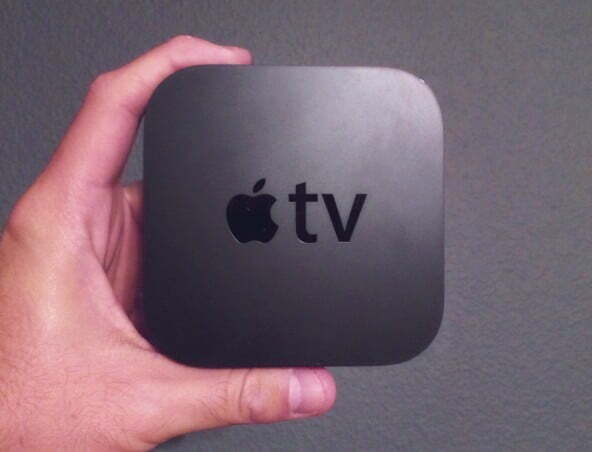
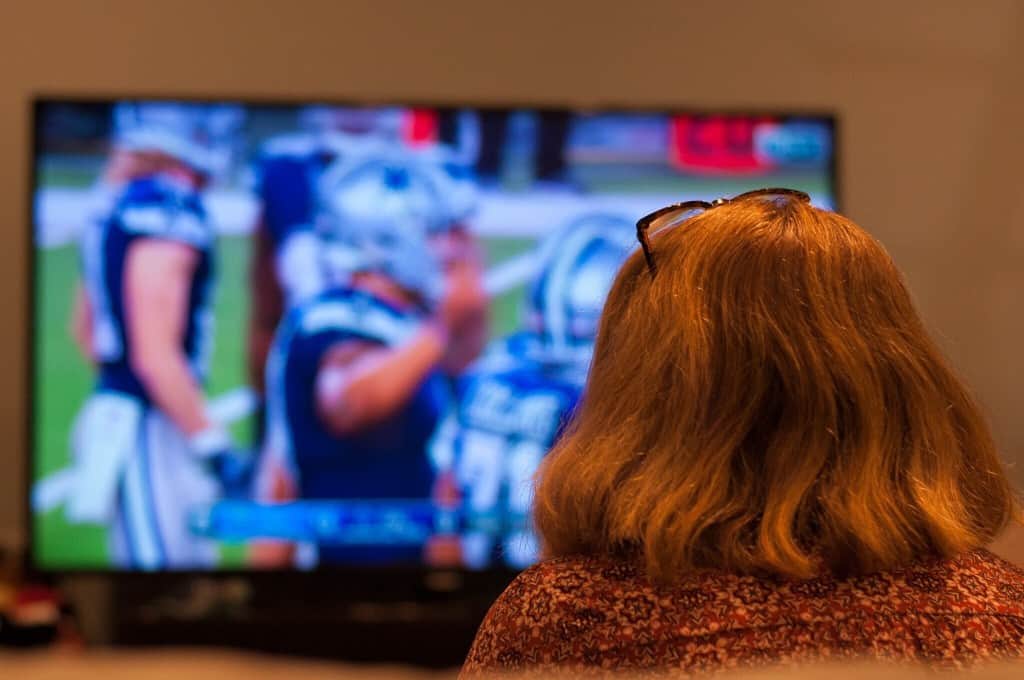

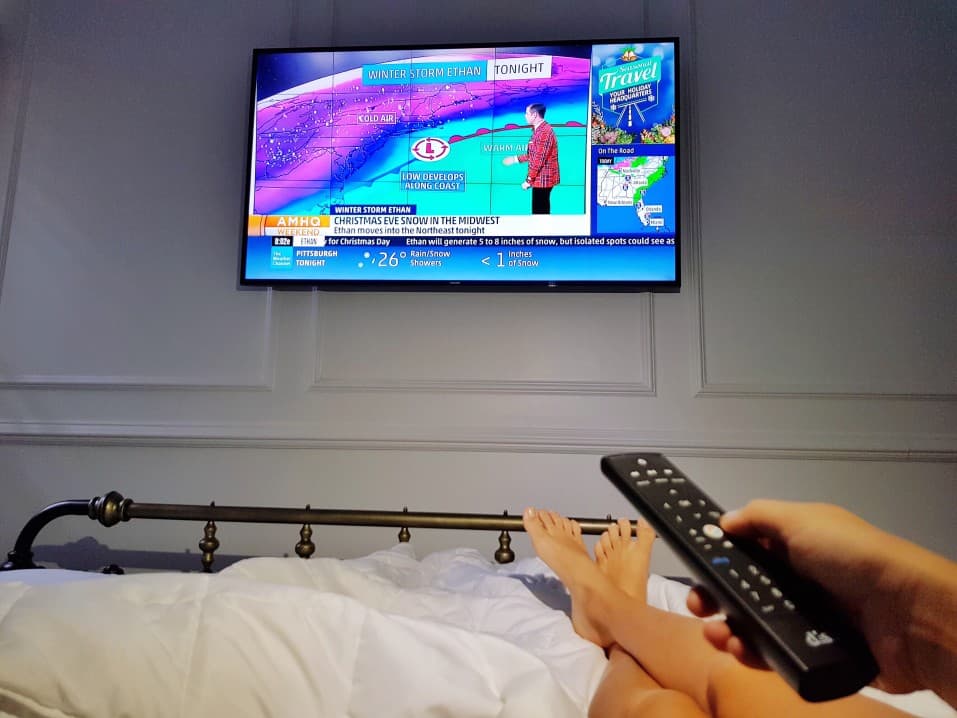


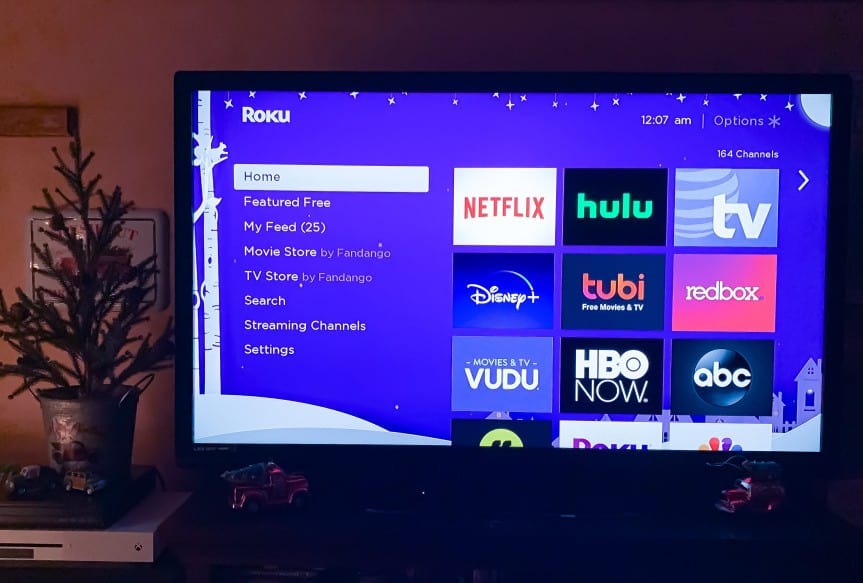
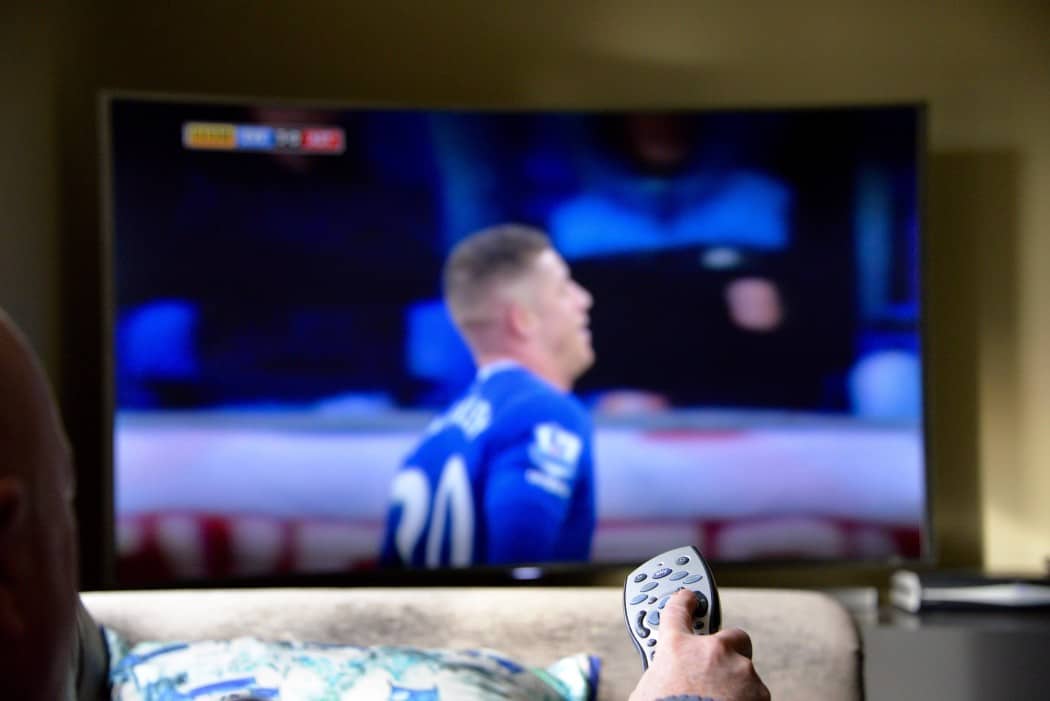
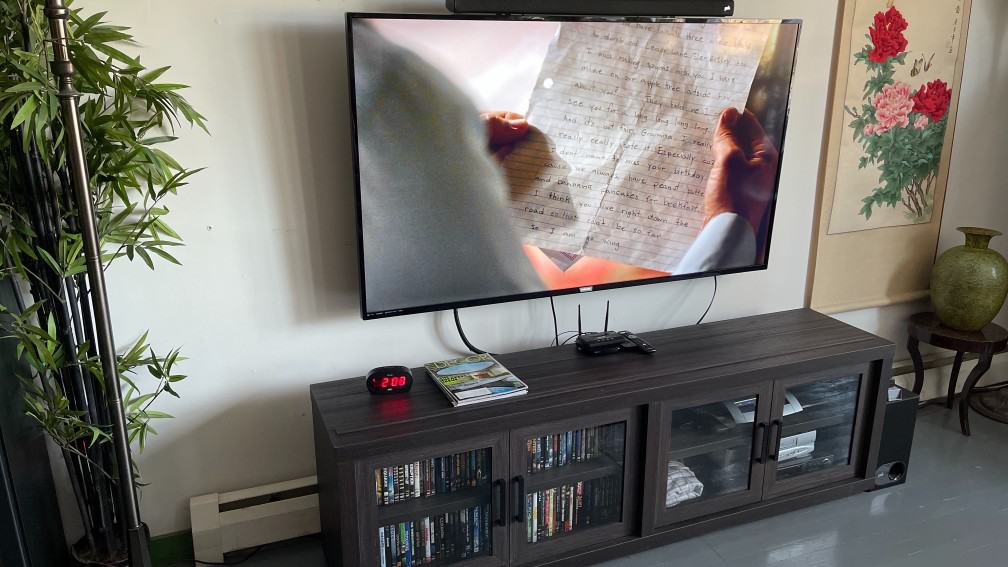

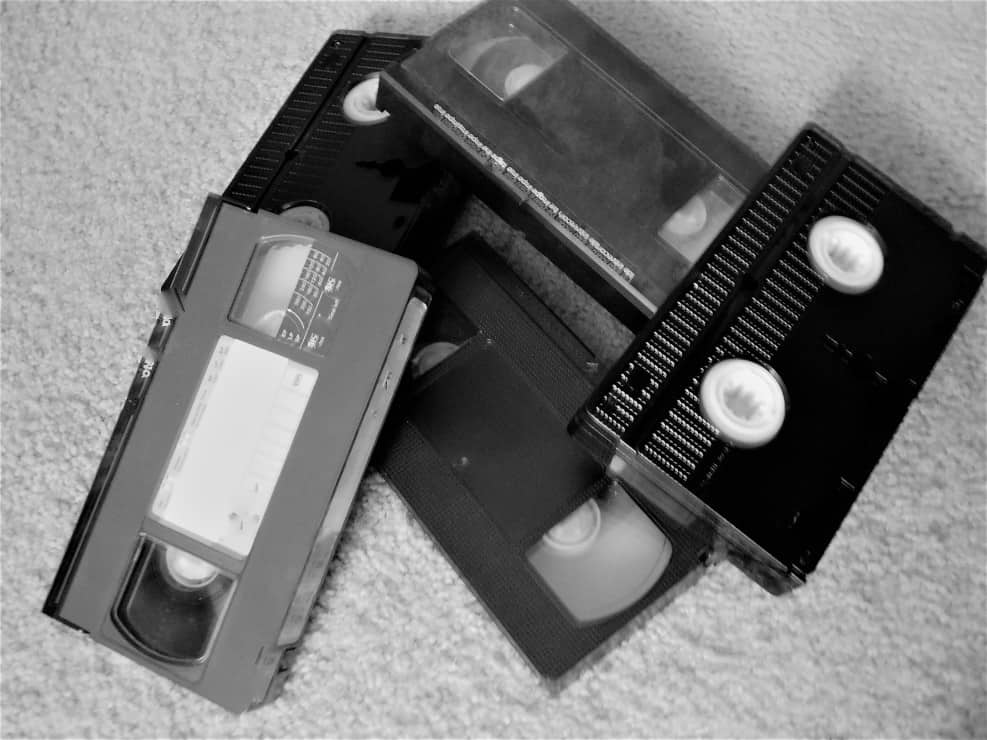
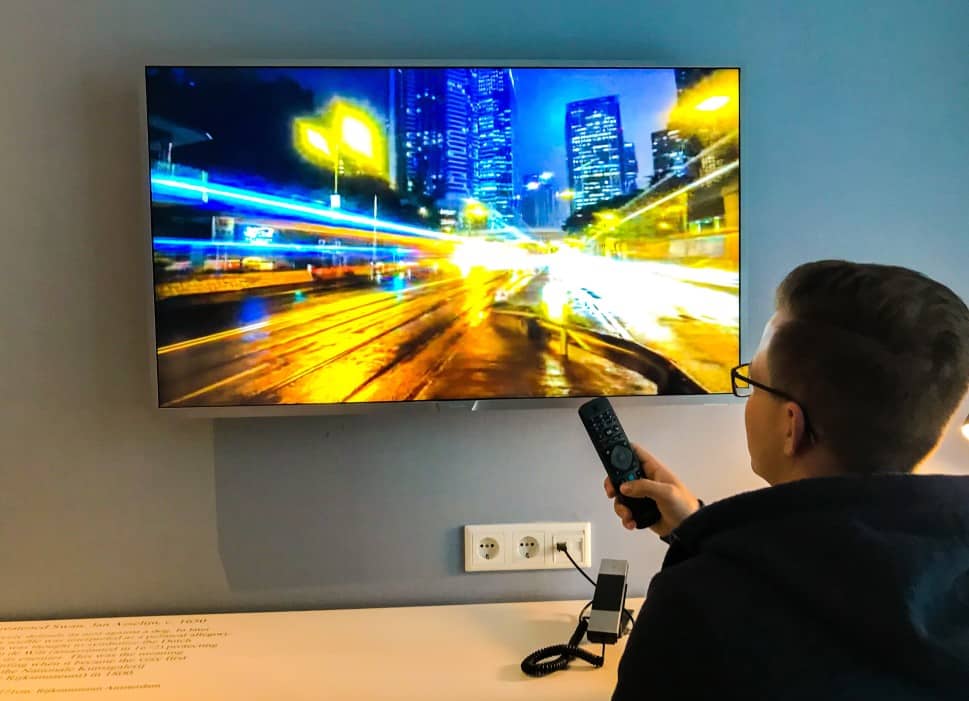
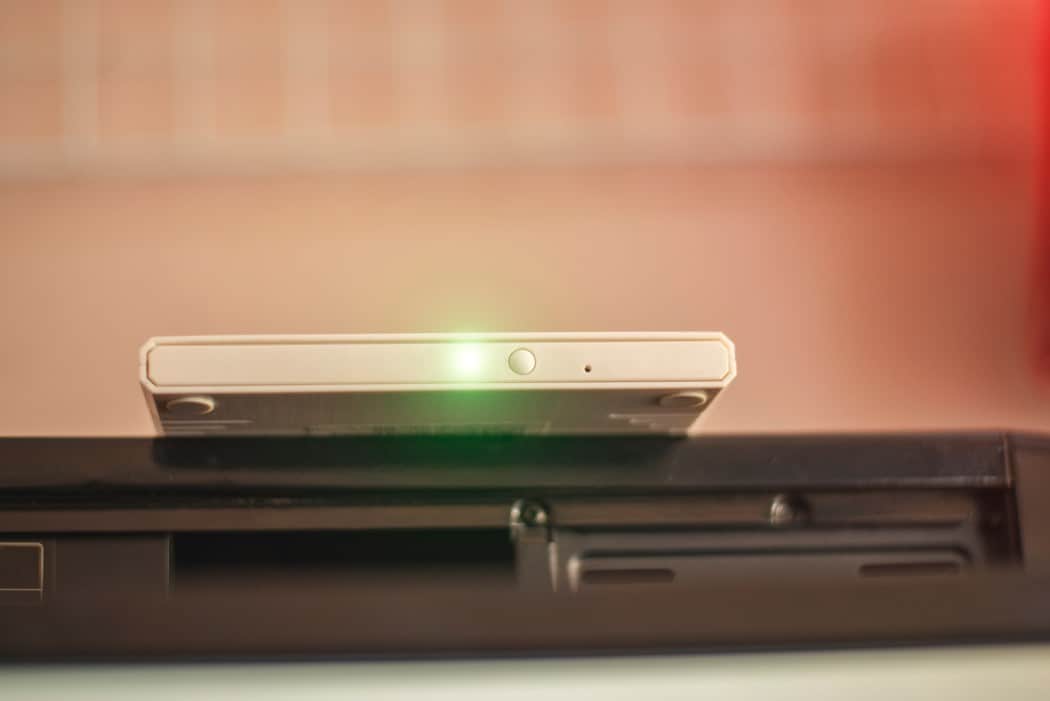

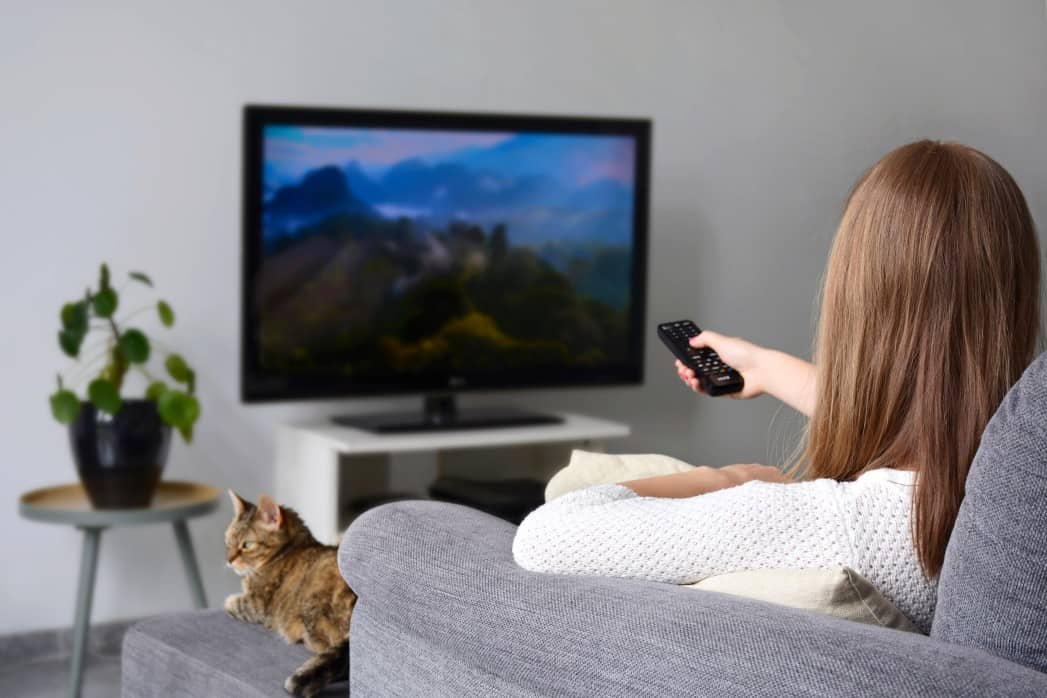

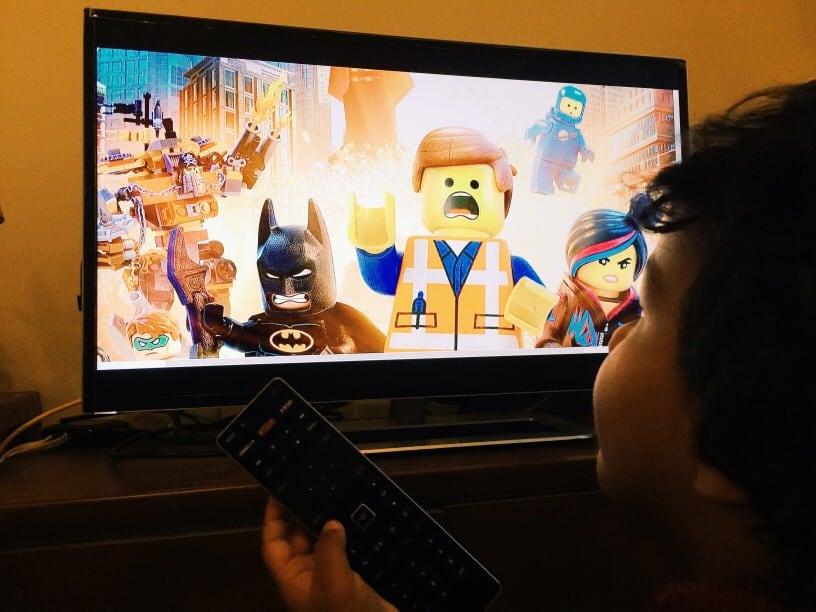
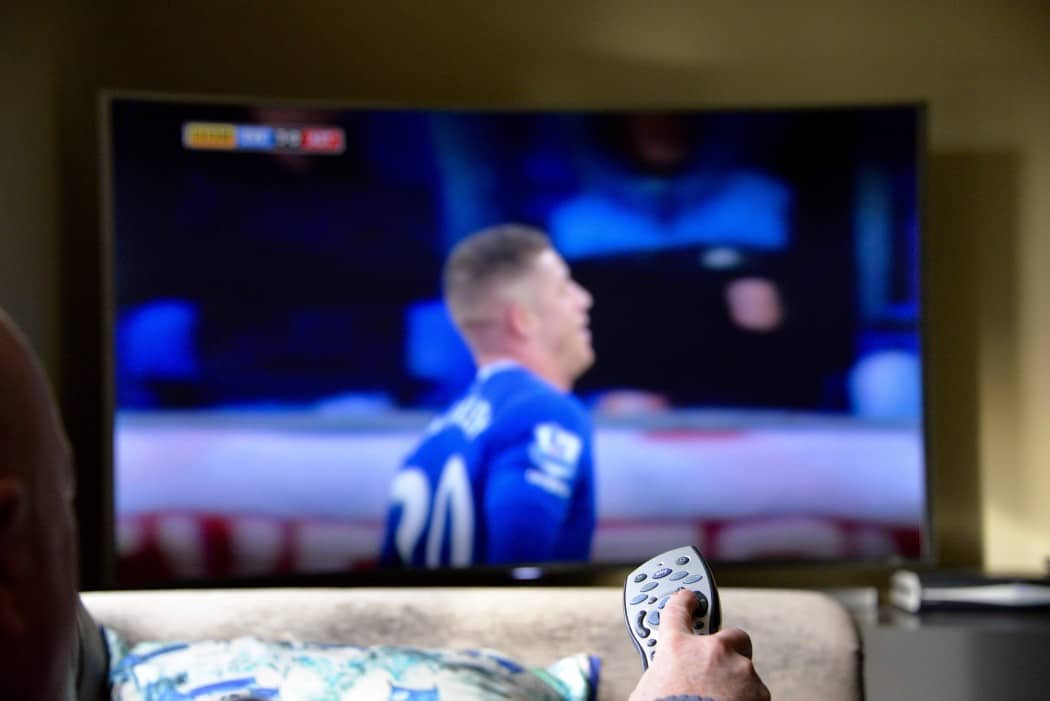
![Best Drones Under the Cost of Ferrari in [year] 25 Best Drones Under the Cost of Ferrari in 2025](https://www.gadgetreview.dev/wp-content/uploads/image-test-3.jpg)
![Best LEDs & LCDs in [year] ([month] Reviews) 26 Best LEDs & LCDs in 2025 (April Reviews)](https://www.gadgetreview.dev/wp-content/uploads/Samsung-UN65RU7100FXZA.jpg)
![Best Streaming Services in [year] ([month] Reviews) 27 Best Streaming Services in 2025 (April Reviews)](https://www.gadgetreview.dev/wp-content/uploads/netflix-750x422-1.png)
![Best Streaming Movie and Shows in [year] ([month] Reviews) 28 Best Streaming Movie and Shows in 2025 (April Reviews)](https://www.gadgetreview.dev/wp-content/uploads/Streaming-reviews.jpg)
![Best TVs in [year] ([month] Reviews) 29 Best TVs in 2025 (April Reviews)](https://www.gadgetreview.dev/wp-content/uploads/Sony-XBR55X810C-TV-1.jpg)
![Best Shows on Amazon in [year] ([month] Reviews) 30 Best Shows on Amazon in 2025 (April Reviews)](https://www.gadgetreview.dev/wp-content/uploads/The-Boys-750x474-1.jpg)
![Best Small TVs in [year] 31 Best Small TVs in 2025](https://www.gadgetreview.dev/wp-content/uploads/best-small-tv-image.jpg)
![Most Energy Efficient TVs in [year] 32 Most Energy Efficient TVs in 2025](https://www.gadgetreview.dev/wp-content/uploads/most-energy-efficient-tv-image.jpg)
![Best 60 Inch TVs in [year] 33 Best 60 Inch TVs in 2025](https://www.gadgetreview.dev/wp-content/uploads/best-60-inch-tv-image.jpg)
![Best 50 Inch TVs in [year] 34 Best 50 Inch TVs in 2025](https://www.gadgetreview.dev/wp-content/uploads/best-50-inch-tv-imgr.jpg)
![Best TVs for Apple TV in [year] 35 Best TVs for Apple TV in 2025](https://www.gadgetreview.dev/wp-content/uploads/best-tv-for-apple-tv-image.jpg)
![Best TV Antennas in [year] ([month] Reviews) 36 Best TV Antennas in 2025 (April Reviews)](https://www.gadgetreview.dev/wp-content/uploads/best-tv-antennas-image.jpg)
![Best Mitsubishi TVs in [year] 37 Best Mitsubishi TVs in 2025](https://www.gadgetreview.dev/wp-content/uploads/best-mitsubishi-tv-image.jpg)
![Best Smart TVs in [year] ([month] Reviews) 38 Best Smart TVs in 2025 (April Reviews)](https://www.gadgetreview.dev/wp-content/uploads/best-smart-tvs-image.jpg)
![Best Conference Room TVs in [year] 39 Best Conference Room TVs in 2025](https://www.gadgetreview.dev/wp-content/uploads/best-conference-room-tv-image.jpg)
![Best Dumb TVs in [year] 40 Best Dumb TVs in 2025](https://www.gadgetreview.dev/wp-content/uploads/best-dumb-tv-image.jpg)
![Best 80 inch TVs in [year] 41 Best 80 inch TVs in 2025](https://www.gadgetreview.dev/wp-content/uploads/best-80-inch-tv-image.jpg)
![Best Shows on Hulu in [year] ([month] Reviews) 42 Best Shows on Hulu in 2025 (April Reviews)](https://www.gadgetreview.dev/wp-content/uploads/The-Handmaids-Tale-750x422-1.jpg)


